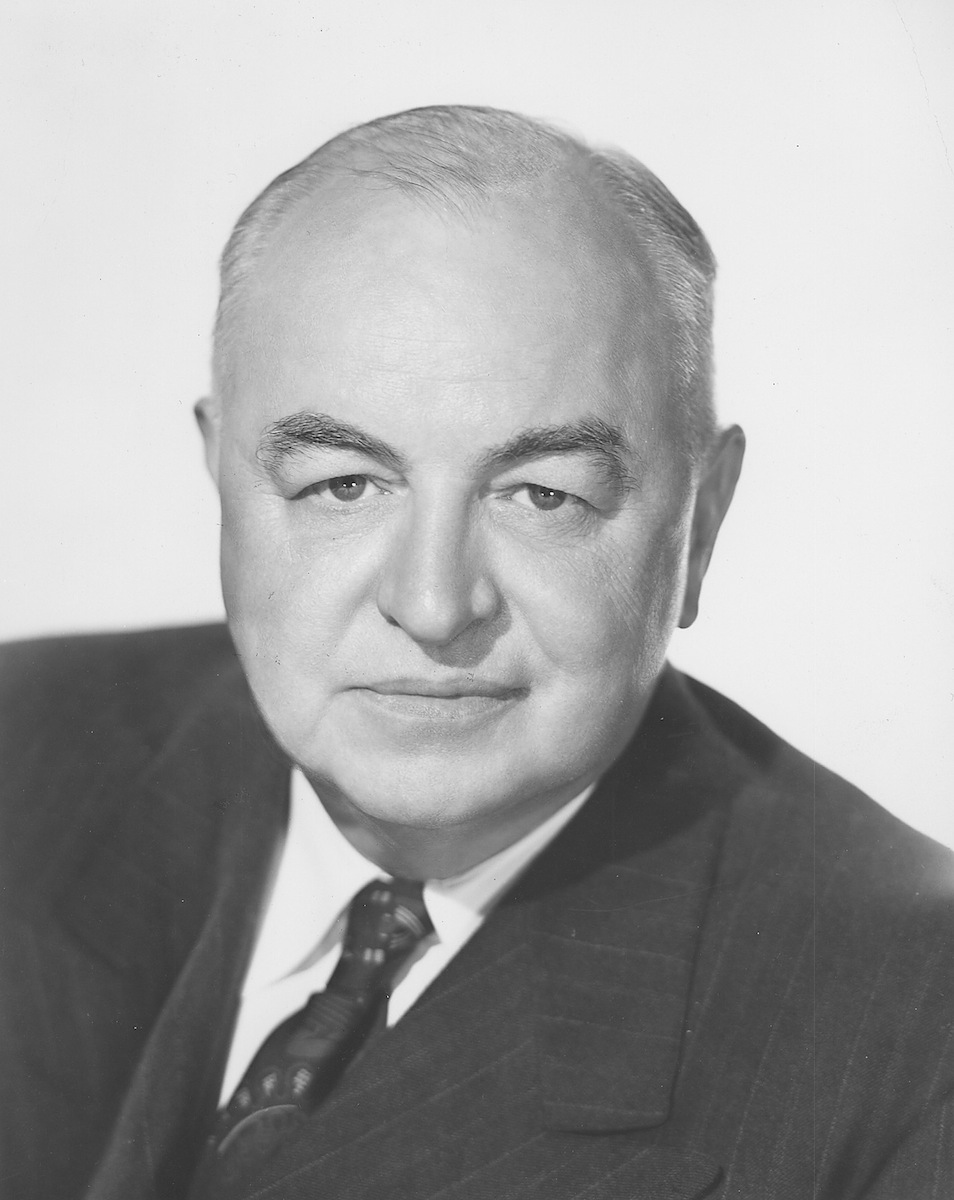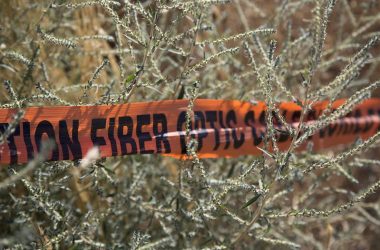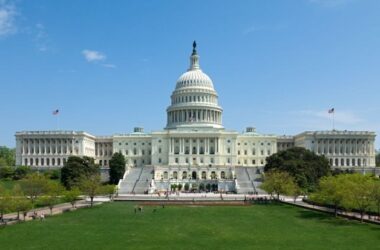Editor’s Note: This information is provided by the West Virginia Humanities Council and is posted as a service to our member newspapers.
CHARLESTON, W.Va. – The following events happened on these dates in West Virginia history.
To read more, go to e-WV: The West Virginia Encyclopedia at www.wvencyclopedia.org.
Feb. 26, 1869: The legislature approved a bill moving the state capital to Charleston.
 Feb. 26, 1972: One of the country’s worst mining-related disasters occurred on this date on Buffalo Creek in Logan County. A coal waste dam collapsed, sending 132 million gallons of water, coal refuse and silt into the valley. In the end, 125 people, including entire families, were killed, and 1,000 people were injured.
Feb. 26, 1972: One of the country’s worst mining-related disasters occurred on this date on Buffalo Creek in Logan County. A coal waste dam collapsed, sending 132 million gallons of water, coal refuse and silt into the valley. In the end, 125 people, including entire families, were killed, and 1,000 people were injured.Feb. 27, 1867: Marshall College was established as a normal school for the training of teachers. The first term began June 15, 1868, with 25 students enrolled in three departments.
Feb. 27, 1871: Summers County was established from segments of Fayette, Greenbrier, Mercer, and Monroe counties. The county was named after George W. Summers, one of West Virginia’s founders.
Feb. 28, 1831: Fayette County was formed by the General Assembly of Virginia from parts of Kanawha, Nicholas, Greenbrier, and Logan counties. The county was named for the Marquis de Lafayette, the French military officer who served under George Washington during the Revolutionary War.
Feb. 28, 1858: McDowell County, the southernmost county in West Virginia, was created from part of Tazewell County, Virginia. The new county was named after James McDowell, a governor of Virginia.

Feb. 28, 1956: Senator Harley Kilgore died while in office. In 1952, Kilgore was the first West Virginian elected to a third term in the U.S. Senate. He is buried in Arlington National Cemetery.
March 1, 1831: Jackson County was created from parts of Wood, Mason and Kanawha counties and named in honor of Andrew Jackson, the seventh president of the United States.
March 1, 1870: The legislature passed an act to create a branch normal school at West Liberty. For the next 61 years, the school was a teacher preparatory institution.
March 1, 1898: Homer Adams Holt was born in Lewisburg. He became West Virginia’s 20th governor.

March 2, 1840: The Virginia General Assembly granted a charter for Bethany College. From the beginning, it has been a four-year, baccalaureate-degree college, the oldest such institution in West Virginia.
March 2, 1915: A blast swept through Layland No. 3 mine in Fayette County, killing 114 men.
March 2, 1927: The West Virginia capitol building known as the “pasteboard capitol” was destroyed by fire. This wood-frame building in downtown Charleston had been built in just 42 days after the previous capitol building (the Victorian capitol) burned in 1921.
March 2, 1961: Governor Wally Barron signed legislation that granted Marshall College university status.
March 3, 1843: Barbour County was created from parts of Lewis, Harrison, and Randolph counties and named for the distinguished Virginia jurist Philip Pendleton Barbour.

March 4, 1849: Earl Williams Oglebay was born Bridgeport, Ohio. He became one of West Virginia’s most successful industrialists and a generous benefactor.
e-WV: The West Virginia Encyclopedia is a project of the West Virginia Humanities Council. For more information contact the West Virginia Humanities Council, 1310 Kanawha Blvd. E., Charleston, WV 25301; (304) 346-8500; or visit e-WV at www.wvencyclopedia.org.






